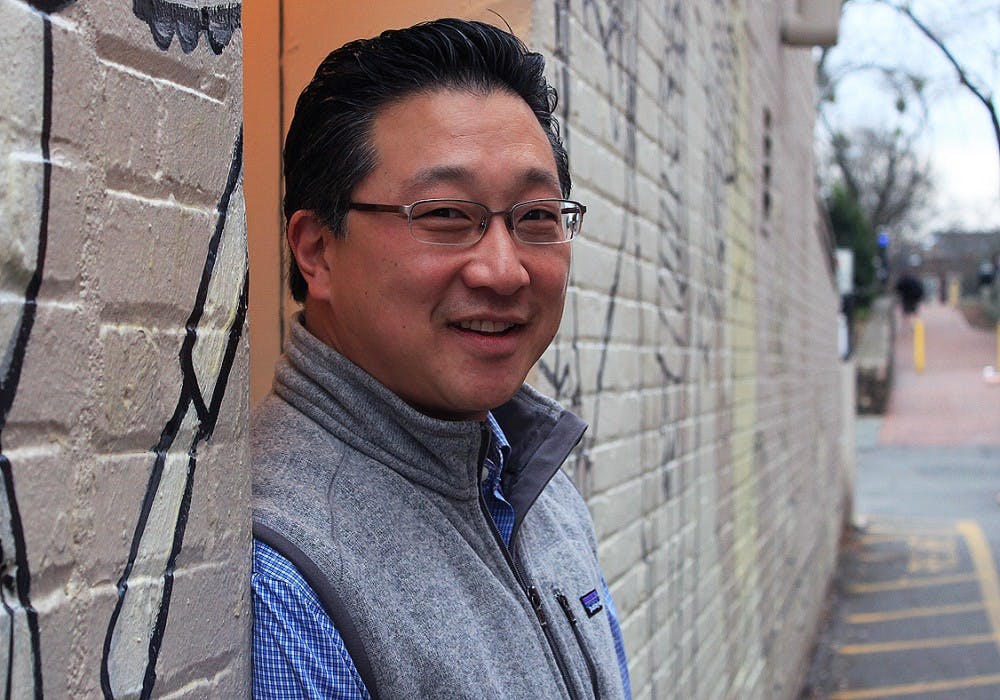EK: The semester and the year start off next week with a world premiere by two of the greatest living artists: Bill T. Jones and Anne Bogart.
I just attended a preview of it in New York on Thursday, and it sold out. That premieres next Friday, and for me that will be the biggest thing this semester.
We will be presenting a bunch of new works from theater to music to dance — it goes all the way to end of April.
DTH: Which specific performances should people pay special attention to this semester in “The Rite of Spring” series?
EK: People ask me that all the time, and it’s like picking among your favorite children.
Every performance has a backstory. Nothing is something that we just found in a catalog and said, “OK, we would like one of these and one of these.” They are all a result of years of gestation and collaboration and discussion, so in this one — this Bill and Anne one — you have two giants.
I really feel, in the potential in our community, that if you engage a little bit with something you don’t know, you may be surprised in how interesting you may find it.
It’s not a question of it being fun — that’s not what we’re showing you — it’s what can make you think about things in a different way, and that’s what good art does.
It can also be fun, but ultimately its about opening your mind. Sometimes it can serve as a pallet cleanser to clear out stuff, something like a spirit enema. You can think of a way where it just cleans everything out.
DTH: So far, has the season lived up to your original expectations? Why and how?
EK: The only expectations we had were meeting our budgetary goals.
Everything else was more fuzzy — how we could emphasize our commitment in supporting the creation of new work by artists around the world, by communicating to the global arts ecology that Chapel Hill is an important destination for art and to get students to see art as another form of learning.
To get the day's news and headlines in your inbox each morning, sign up for our email newsletters.
That’s the role that we play here: extending the learning outside the classroom, introducing new ideas, new cultures, new philosophies, new thinking, new beliefs into our community.
We get questions a lot like, “Why don’t you do things that are more fun for the students?”
My response to that is that there is already enough of that out there, and it isn’t necessarily our job to do that, because you can get that through commercial means.
The reason we support the work that we do is because we are trying to push people’s buttons. The more response we get — good or bad — the better we feel we’ve done.
Not everything we do is perfect, so it’s much more a matter of taking chances and taking risks. I am a big believer in communicating to students this idea that your undergraduate career is the time for you to take risks, so we like to represent that in our own way with what we do.
DTH: Has the reaction from students, faculty and community members been what you expected, more than or less than? Why do you think that is?
EK: I think it’s interesting because we are talking about some serious art, and it always occupies only a fraction of the consciousness of our general population. We’re never going to reach the kind of status of pop culture and athletics, but that’s not the bar by which we measure ourselves.
For us, the key is looking at how do we fit in this global world — just like UNC as an institution does fit. We are looking at this idea of the local and the global and how do we connect with North Carolina and the world.
What we do is try to bring the world to Chapel Hill.



